Lyrebirds are two ground-dwelling bird species native to Australia. They are most well-known for their impressive ability to mimic sounds, including chainsaws, car alarms and engines, camera shutters, crying babies, music, ring tones, and even words! These fascinating birds mimic sounds from the environment around them. Read on to learn about the lyrebird.
Description of the Lyrebird
Lyrebirds look as interesting as they sound. The superb lyrebird sports long, striped tail feathers that curl outward at the ends, and fluffy plumage around the tail. The lacy plumage accompanying the tail is known as “filamentaries.”
Their bodies are brown and grey, with a reddish hue to the wings. Albert’s lyrebird is much less flashy, and lacks the long, elaborate tail of the superb lyrebird. It has brown and grey plumage, with a slight blue tint to the head and tail feathers.
Interesting Facts About the Lyrebird
Lyrebirds are capable of some impressive mimicry. In addition to their vocal skills, you will find that they are quite unique creatures.
- Famous Fowl – Lyrebirds are so well known in Australia that they have become a common symbol and emblem. Their likeness is found on the “tails” side of the Australian 10-cent coin, and a portion of the 100 dollar note.
- Grounded – Lyrebirds are not flightless, but they are pretty close. They have the flight capacity of a large chicken … they can get some lift and move about, but not particularly effectively. As a result, these are mostly ground-dwelling birds.
- A “Tail” of Two Feathers – Superb lyrebirds are easily recognized by their long, ornate tail feathers. Just like the peacock, only males have “flashy” feathers. It takes about seven years for the lyrebird’s tail to grow to its full length.
- What’s in a Name – Lyrebirds are named for the male superb lyrebird’s ornate tail configuration. The tail feathers, during courtship displays, have an appearance quite similar to an ancient Greek instrument, called a “lyre.”
Habitat of the Lyrebird
The two different species of lyrebirds are found in slightly different habitats. Superb lyrebirds prefer living in dense rainforests, which helps protect them from predators. Rainforest provides the birds with plenty of cover, and hiding places when confronted by a hungry fox or quoll.
Superb lyrebirds can also be found in less-dense bushland. Albert’s lyrebird is restricted to a very small section of rainforest, and is found nowhere else.
Distribution of the Lyrebird
Superb lyrebirds have a relatively wide distribution, especially compared to Albert’s lyrebirds. They can be found in rainforests of southeast Queensland, Victoria, and New South Wales. This species of lyrebird was also introduced to Tasmania in the 19th century.
They are also found in some parts of Melbourne, and Sydney. The Albert’s lyrebird can only be found in a small section of rainforest in southern Queensland.
Diet of the Lyrebird
Lyrebirds are mostly insectivores. They will feed on a wide variety of invertebrates, including cockroaches, beetles, larvae, earwigs, and moths. They have also been known to eat other creepy-crawlies like spiders, centipedes, and earthworms. More rarely, they will feed on lizards, amphipods, frogs, and seeds.
Lyrebird and Human Interaction
Currently, lyrebirds are not under short-term threat by humans. In the past, hunting for their ornate feathers, which commonly adorned hats, was problematic for the species. Because they are restricted to such a small range, this hunting, in addition to habitat destruction, resulted in rapid population decline.
Luckily, we were able to increase protections for both lyrebirds and their rainforest habitat, leading to a steady re-growth of population. Nowadays, the most pressing threats to lyrebird survival are introduced populations of cats and foxes.
Domestication
Lyrebirds have not been domesticated in any way.
Does the Lyrebird Make a Good Pet
Despite their comical mimicry, lyrebirds are still wild animals. In many places it is illegal to own a lyrebird as a pet. These birds require a large amount and variety of insects to keep them healthy, and this can be difficult to provide.
Lyrebird Care
In zoos, lyrebirds are given plenty of enclosure space to roam. Because they are not fantastic flyers, they must be provided with plenty of space on the ground, with lots of foliage for hiding places. Low hanging branches should be provided to allow easy climbing and exploring opportunities. These birds are fed a diet of commercial insectivore pellets, supplemented with crickets, mealworms, waxworms, and other insects.
Behavior of the Lyrebird
In the wild, lyrebirds are shy creatures, which makes them difficult to study. We know very little about the social life of wild lyrebirds, or their natural behavior. When responding to threats, lyrebirds will freeze, sound an alert call, or seek cover and hide.
Male lyrebirds defend territories from other males in an attempt to impress female lyrebirds. The male will build a platform of dirt or sticks, on which to perform courtship dances for potential mates.
Reproduction of the Lyrebird
After a pair of lyrebirds mate, the male will continue to display for other females, and mate as many times as possible. Female lyrebirds build their own nests and incubate the eggs alone.
A female will incubate a single egg for approximately 50 days before it hatches hatch. She will raise the chick alone until it becomes independent. Lyrebirds do not reproduce until they are between 5 and 8 years old.

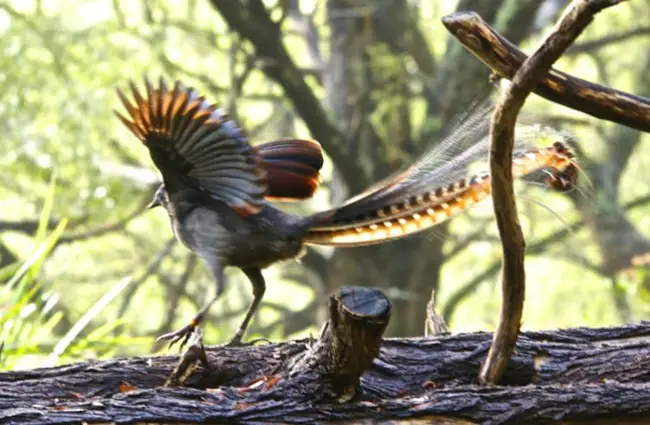

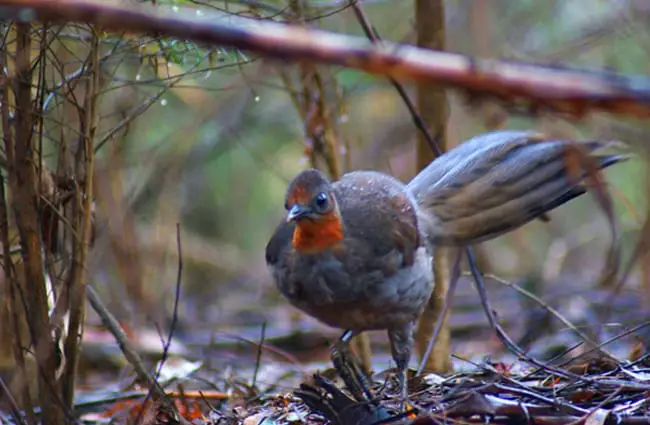
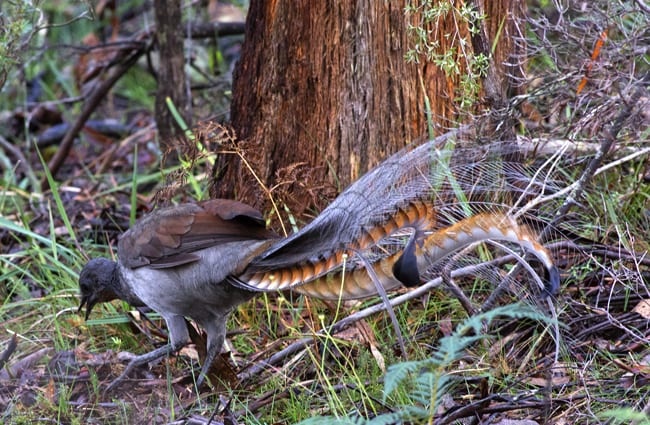
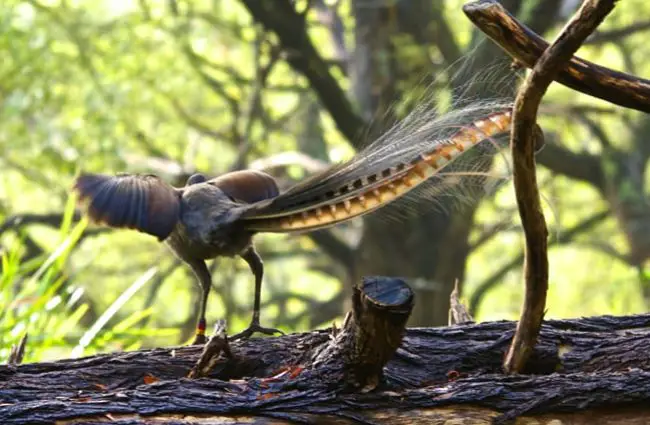
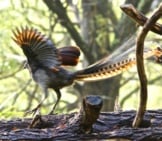



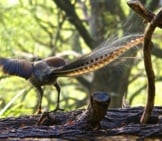
![Red Angus Closeup of a beautiful Red Angus cowPhoto by: U.S. Department of Agriculture [pubic domain]https://creativecommons.org/licenses/by/2.0/](https://animals.net/wp-content/uploads/2020/03/Red-Angus-4-238x178.jpg)












![Red Angus Closeup of a beautiful Red Angus cowPhoto by: U.S. Department of Agriculture [pubic domain]https://creativecommons.org/licenses/by/2.0/](https://animals.net/wp-content/uploads/2020/03/Red-Angus-4-100x75.jpg)

